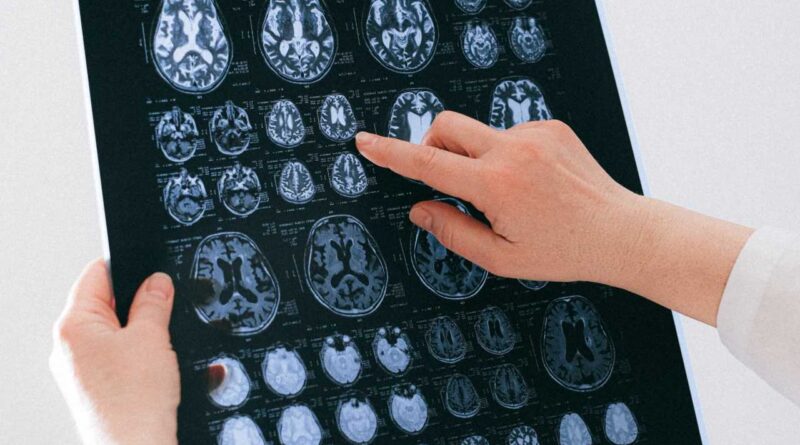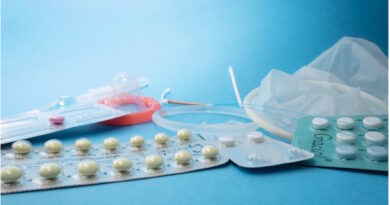Strokes
HEALTH
Strokes: What are they and How can we Prevent them?
by Jonah Kan
Strokes can occur at any age, but they become more common as we get older.1 In the United States alone, someone has a stroke every 40 seconds, and someone dies of a stroke every 4 minutes.1 Given such alarming statistics, what is a stroke?
A stroke disrupts blood flow to the brain in one of two ways. The most common way is that a blockage forms in a brain blood vessel. This is called an ischemic stroke. Less frequently, stroke results from bleeding in the brain, called a hemorrhagic stroke. When blood flow in the brain is blocked, brain cells die from the resulting lack of oxygen normally carried to the brain by blood.
ischemic stroke. Less frequently, stroke results from bleeding in the brain, called a hemorrhagic stroke. When blood flow in the brain is blocked, brain cells die from the resulting lack of oxygen normally carried to the brain by blood.
Therefore, it is important to be able to recognize a stroke in its early stages. The quicker emergency services are called, the better the outcome is for the patient because blood flow is restored and there is less damage to the brain.2
The signs of a stroke follow the acronym “FAST”:
- Face — One side of the face will droop when smiling
- Arms — One arm will drift downward when asked to hold both arms up
- Speech — Speech will be slurred
- Time — Call 911 as soon as possible if you notice any of these signs1
An innovation in stroke treatment allowing hospitals to treat stroke patients quickly is the development of “Mobile Stroke Units.” These units are dispatched directly to people’s homes, like an ambulance.2 Unlike ambulances, these units carry a CT scanner. With a quick CT scan, medical staff can diagnose which type of stroke the patient has had, ischemic or hemorrhagic, and give the appropriate treatment right away, potentially saving millions of brain cells.2 Monroe County currently has the only stroke unit in Upstate and Central New York, however “expansion plans are in the works to move the service area out to the suburbs and areas beyond Monroe County.”3
Quick treatment of strokes is crucial, but prevention is better. The risk factors that could lead to a stroke over time include having high blood pressure and elevated cholesterol levels. To reduce these risk factors, experts recommend eating a balanced diet with a lot of fruits and vegetables, minimizing salt intake, doing plenty of physical activity, limiting cigarette and alcohol use, and taking any prescribed medication regularly.4,5 Anything we can do to reduce these risk factors can decrease our chance of getting a stroke.
By remembering the signs of a stroke (FAST) and making lifestyle modifications, we can drastically reduce the impact of strokes on our family and community.
References:
- https://www.cdc.gov/stroke/facts.htm
- https://www.urmc.rochester.edu/stroke-center/mobile-stroke.aspx
- https://13wham.com/health-matters/mobile-stroke-unit-puts-rochester-among-nations-fastest-for-stroke-response
- https://www.cdc.gov/stroke/healthy_living.htm
- https://www.health.harvard.edu/heart-health/how-to-lower-your-stroke-risk

Jonah Kan is a second-year medical student at the University of Rochester School of Medicine and Dentistry. In his spare time, he enjoys cooking, baking, ultimate frisbee, hiking, and running. He is a member of the Latino Medical Students Association (LMSA) chapter at the University of Rochester.



